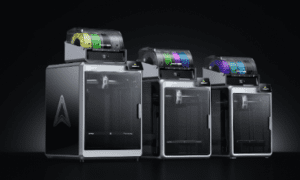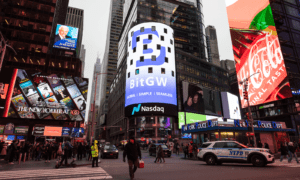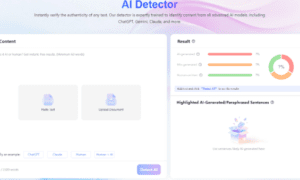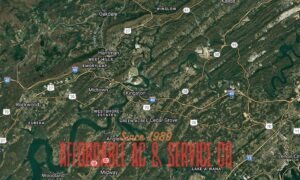From Village to Metropolis: The Evolution of Urban Identity
When humans were nomadic, their settlements naturally gravitated towards vital resources, especially water. These small gatherings evolved into villages, then towns, then bustling trade centers strategically positioned near essential water sources. Over generations, the growth continued—roads expanded, populations increased, and soon, humble towns transformed into sprawling metropolises and cosmopolitan cities. Yet, amidst the rapid growth, certain areas in the heart of these vibrant cities remain etched with imprints of their historical identities icons that vividly narrate the cultural evolution of a place.
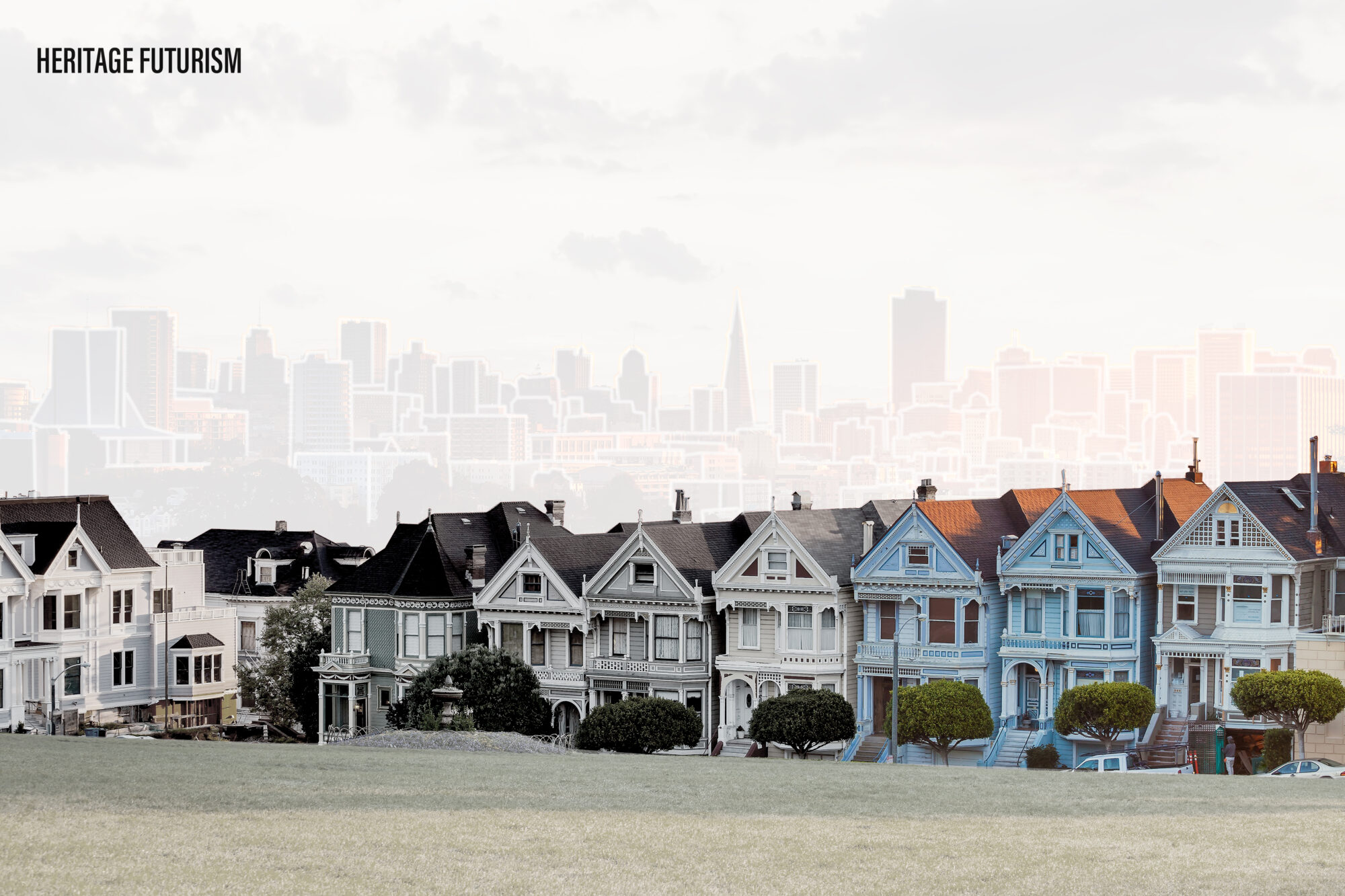
San Francisco is a prime example of such a metropolis, renowned for its stunning Victorian homes and classical architecture juxtaposed with contemporary and international styles. However, these historical homes often struggle to keep up with modern demands, lagging behind in energy efficiency, updated technology, thermal performance, and MEP (mechanical, electrical, plumbing) standards.
Could modern technology provide a bridge to effectively preserve and enhance this architectural legacy?
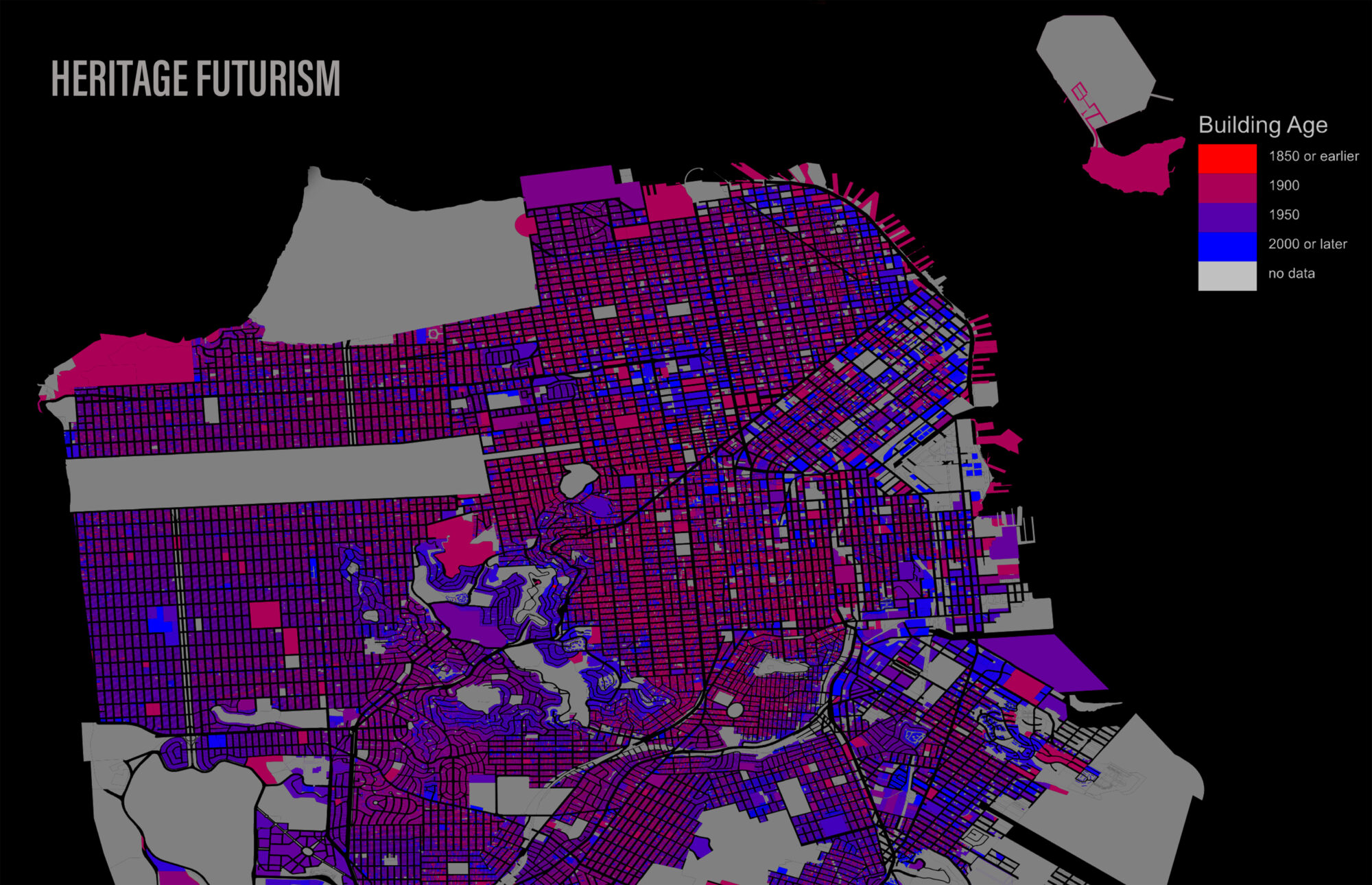
Image Courtesy: Danny Yang
Bridging Heritage and Innovation: Architecture Meets AI
In addressing the challenges posed by heritage buildings, technology—in particular, artificial intelligence—offers promising potential. Convolutional Neural Networks (CNN), a cutting-edge form of generative AI, is designed not just to analyze, but to learn and predict outcomes in architectural design. This intelligent technology has the capability to understand intricate historical designs deeply embedded within San Francisco’s unique context, assessing their strengths and limitations, and suggesting precise, targeted improvements to enhance their functionality and sustainability.
Historical Charm and Modern Efficiency
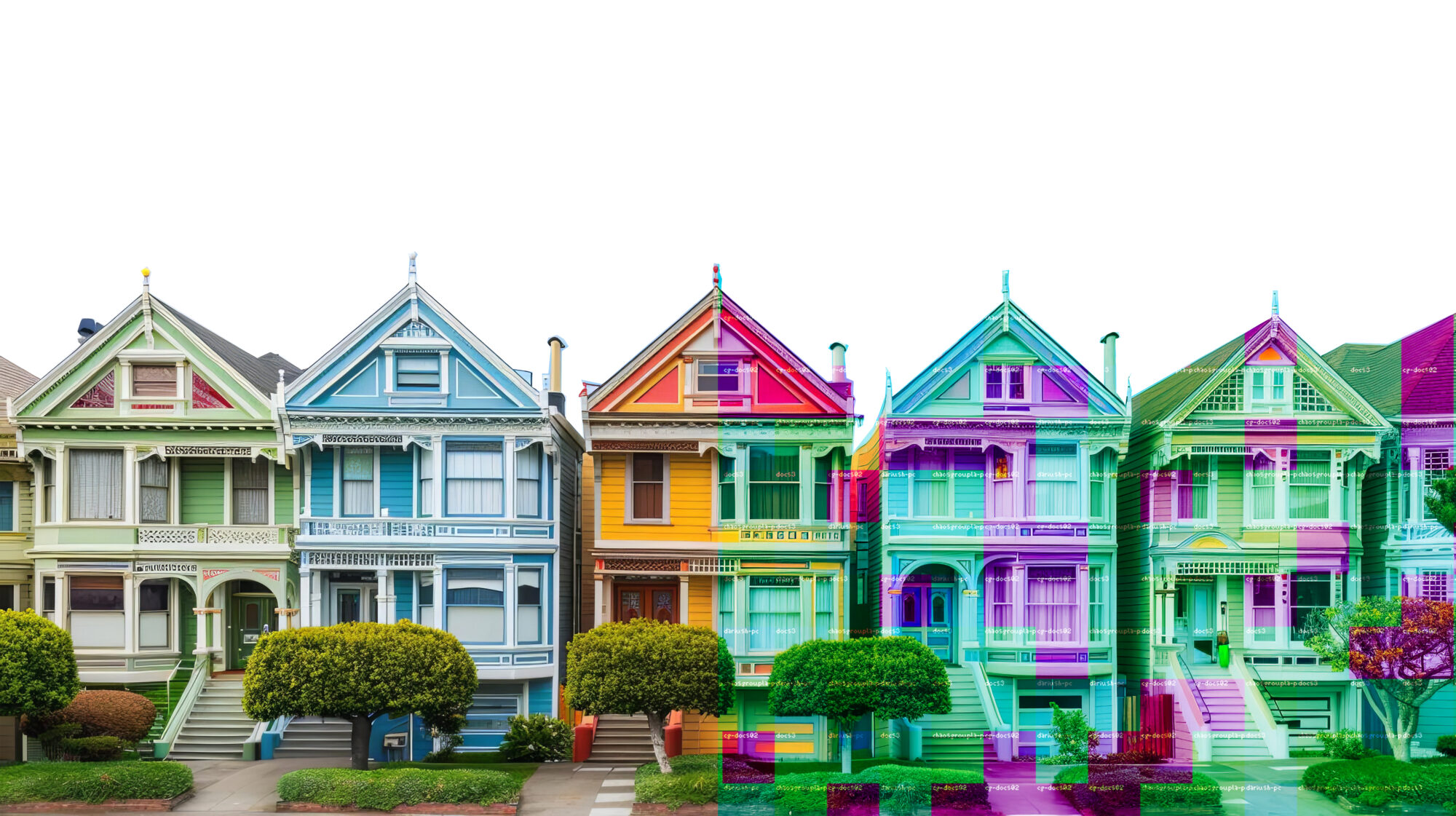
Victorian and classical homes of San Francisco embody timeless beauty, yet they struggle with contemporary living standards. CNN-driven AI analyses historical homes’ distinct features—such as bay windows, ornamental detailing, high ceilings, and traditional facades—assessing how these elements interact with San Francisco’s particular climate, social usage, and technological needs. AI subsequently proposes thoughtful, nuanced enhancements—such as invisible insulation, discreet solar panels, smart HVAC systems, and advanced plumbing—that upgrade performance without altering the buildings’ historical character.
Sustainable Urban Heritage through AI
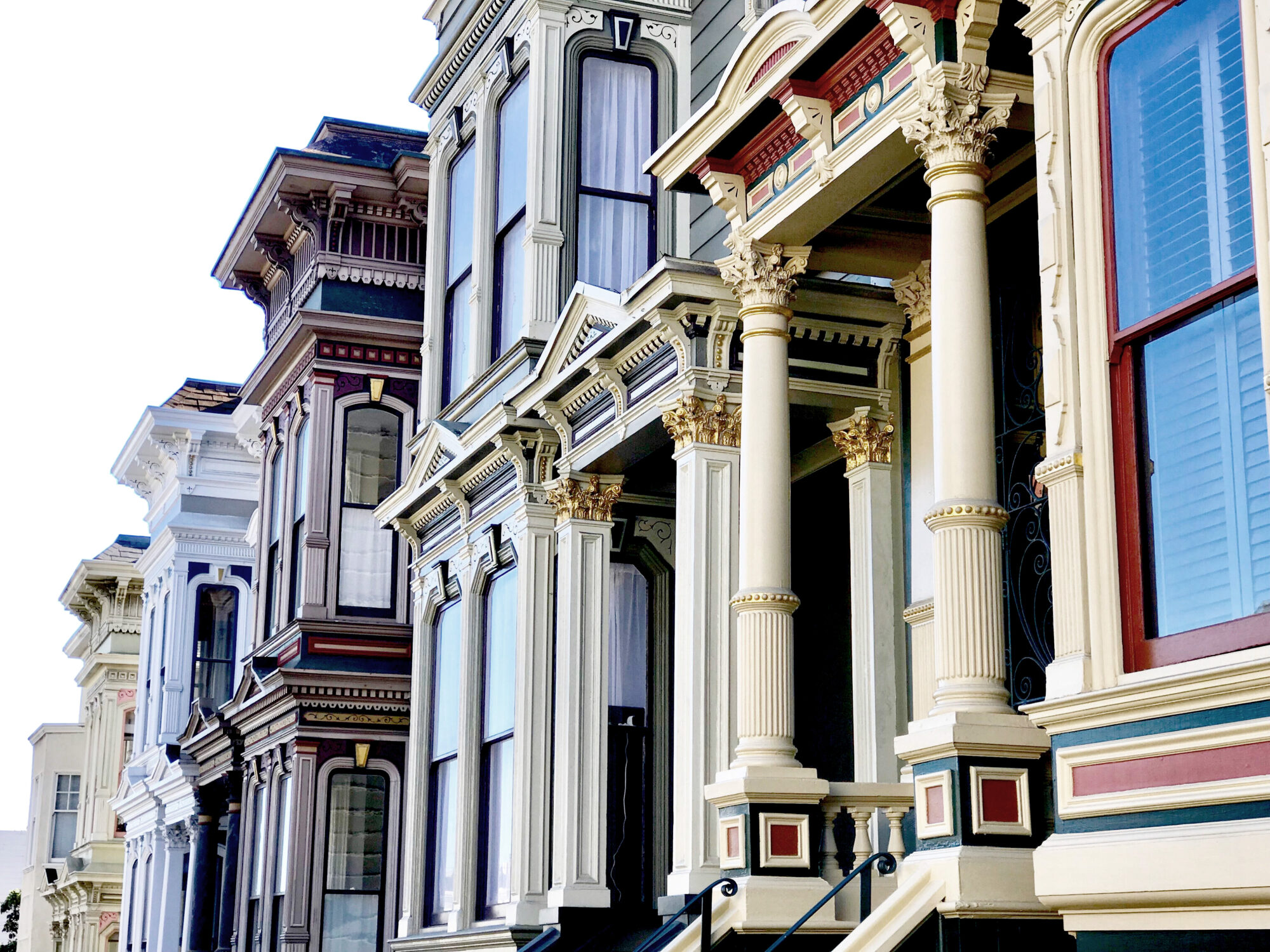
In 2021, the story of a historic home in San Francisco’s Lower Haight neighborhood went viral after residents reported extreme discomfort due to indoor heat levels exceeding 90°F during summer. These Victorian structures, originally designed for passive cooling in foggy climates, now struggle to cope with rising temperatures due to climate change and urban heat island effects. Retrofitting them without compromising heritage value presents a technical challenge.
This is where AI-enabled tools offer a decisive edge. A CNN-based system begins with multispectral drone imaging and interior IoT sensor arrays to monitor microclimate behavior—measuring radiant heat gain, humidity fluctuation, ventilation flow, and thermal lag across various materials. This data is processed through a digital twin of the home using a high-resolution BIM platform, integrating structural and environmental data into a single dynamic model.
The AI model then analyzes this data to generate targeted interventions: for example, recommending the application of aerogel-based translucent insulation panels in attic spaces, installation of heat-rejecting spectrally selective window films, or retrofitting existing lath-and-plaster walls with PCM (phase change material) inserts that regulate indoor temperature. Further, AI might suggest underfloor hydronic cooling systems, preserving visual integrity while enhancing comfort.
In terms of ventilation, the AI system can simulate the effectiveness of stack-effect enhancements through minor operable skylights or mechanical ventilation with heat recovery (MVHR) to reduce energy loss while preserving natural airflow. These interventions are optimized for material compatibility, local building codes, and minimal structural disruption.
Once solutions are proposed, BIM-integrated energy modeling engines (like IES-VE or Sefaira) quantify post-retrofit performance improvements. This allows stakeholders—architects, engineers, and developers—to verify return on investment, sustainability targets, and user comfort metrics before construction begins.
By combining smart monitoring tools, advanced material science, and AI-driven simulation, this integrated pipeline creates highly feasible and technically sound preservation strategies—ensuring historic structures like those in the Lower Haight can not only survive but thrive in the modern era.
Cultural Continuity and Community Identity
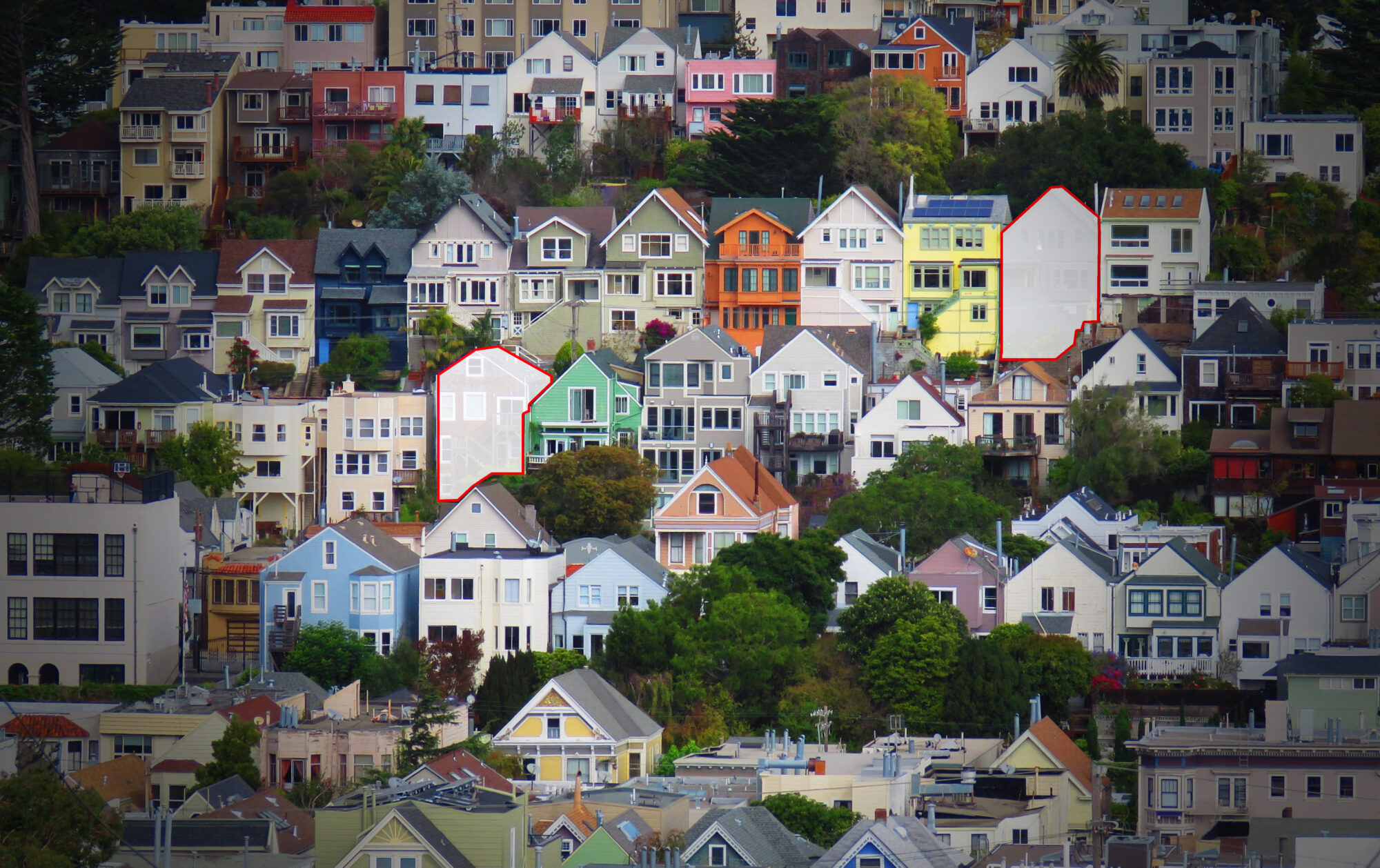
In 2023, the demolition of a historic single-family home in the Noe Valley neighborhood sparked public outrage when its replacement—a generic glass-and-steel condominium—ignored the neighborhood’s architectural language and erased decades of cultural narrative. This raised critical concerns about the role of preservation in sustaining community identity.
Here, AI offers not just retrofit solutions but also a model of cultural intelligence. Through CNNs trained on architectural archives, zoning maps, landmark databases, and socio-historical data, AI can assess not only physical compatibility but also stylistic lineage. When paired with machine learning classifiers and generative design tools, it can generate culturally coherent interventions—maintaining neighborhood visual fabric while fulfilling new spatial demands.
The technology goes beyond materials; it maps narrative continuity. For instance, it can identify façade motifs unique to certain cultural enclaves—like decorative cornices in Mission District row houses or Edwardian-era porch detailing in Pacific Heights—and flag incompatible design proposals in real time. It enables automated design validation layers within BIM workflows that detect potential disruption to community-scale identity before construction documents are issued.
By doing so, AI systems do not just preserve style—they preserve memory. They ensure architecture speaks the same visual dialect as its neighbors, anchoring identity in tangible form while allowing for modern adaptability. In a city like San Francisco, where cultural texture is inseparable from urban value, this becomes a powerful tool to support both legacy and evolution.
Multidisciplinary Integration for Optimal Solutions
At its core, AI-driven architectural transformation is inherently multidisciplinary. It brings together a dynamic constellation of professionals—real estate developers, architects, engineers, designers, AI engineers, historic preservation consultants, and BIM (Building Information Modeling) managers—each contributing a vital piece to the puzzle of revitalizing heritage through innovation.
The outcome is not just a coordinated effort—it is a collaborative ecosystem. Each discipline feeds into the intelligence of the AI, ensuring that every suggestion made by the machine is grounded in cultural respect, design intent, construction feasibility, and financial practicality. In this way, heritage architecture becomes a living canvas—not frozen in time, but actively evolving through collective, cross-disciplinary intelligence.
Challenges and Ethical Considerations
Despite its promising potential, AI integration in architecture presents complex ethical and civic challenges. One of the most pressing issues is the role of transparency and public engagement in the planning and implementation process. In cities like San Francisco, where political debate around housing development, gentrification, and preservation often leads to public hearings, protests, or stalled projects, these concerns are not abstract—they are operational.
Take for example the Mission District, where tensions between tech-driven development and cultural preservation have repeatedly surfaced in city planning meetings. Projects perceived as erasing community memory or fast-tracking luxury units have faced immense backlash. Without community trust, even the most sustainable AI-generated interventions risk being rejected or litigated.
To mitigate this, any AI-enhanced design process must include a clearly defined, step-by-step transparency protocol:
Public Disclosure of the AI Design Intent: Before any proposal is submitted to the Planning Department, stakeholders must disclose how AI was used in design generation, including what datasets were applied (e.g., local zoning history, landmark registry, environmental conditions).
Community Review Sessions with Augmented Visualization: Using VR or AR overlays of AI-generated models, developers and architects can conduct participatory walkthroughs with residents and neighborhood boards. This fosters early feedback before formal entitlements.
Ethical Oversight via Independent Urban Tech Review Boards: These boards—comprising technologists, urban historians, cultural advocates, and local officials—can audit whether AI-driven recommendations violate historic fabric, reinforce bias, or distort the neighborhood identity.
Dynamic Feedback Loop in BIM Models: As public comments are gathered, real-time updates to AI-BIM integrations can reflect evolving concerns—whether related to material sourcing, cultural symbolism, or demographic accessibility.
Transparent Reporting to Planning Commissions: City agencies must receive not just 3D visuals but traceable documentation of how AI arrived at decisions—algorithmic logic, cross-checked cultural mapping, and sustainability simulations.
Only through these structured stages can the integration of AI uphold democratic urbanism rather than accelerate technocratic overreach.
This becomes especially urgent when dealing with historically underserved or displaced communities, whose built environments are often most vulnerable to speculative redevelopment. A model trained without inclusive data or applied without public accountability can inadvertently reinforce historic erasure. Conversely, when AI is made transparent and collaborative, it becomes a mechanism for empowerment—transforming residents from passive subjects of design into active stewards of their urban future.
From San Francisco to the Global Stage
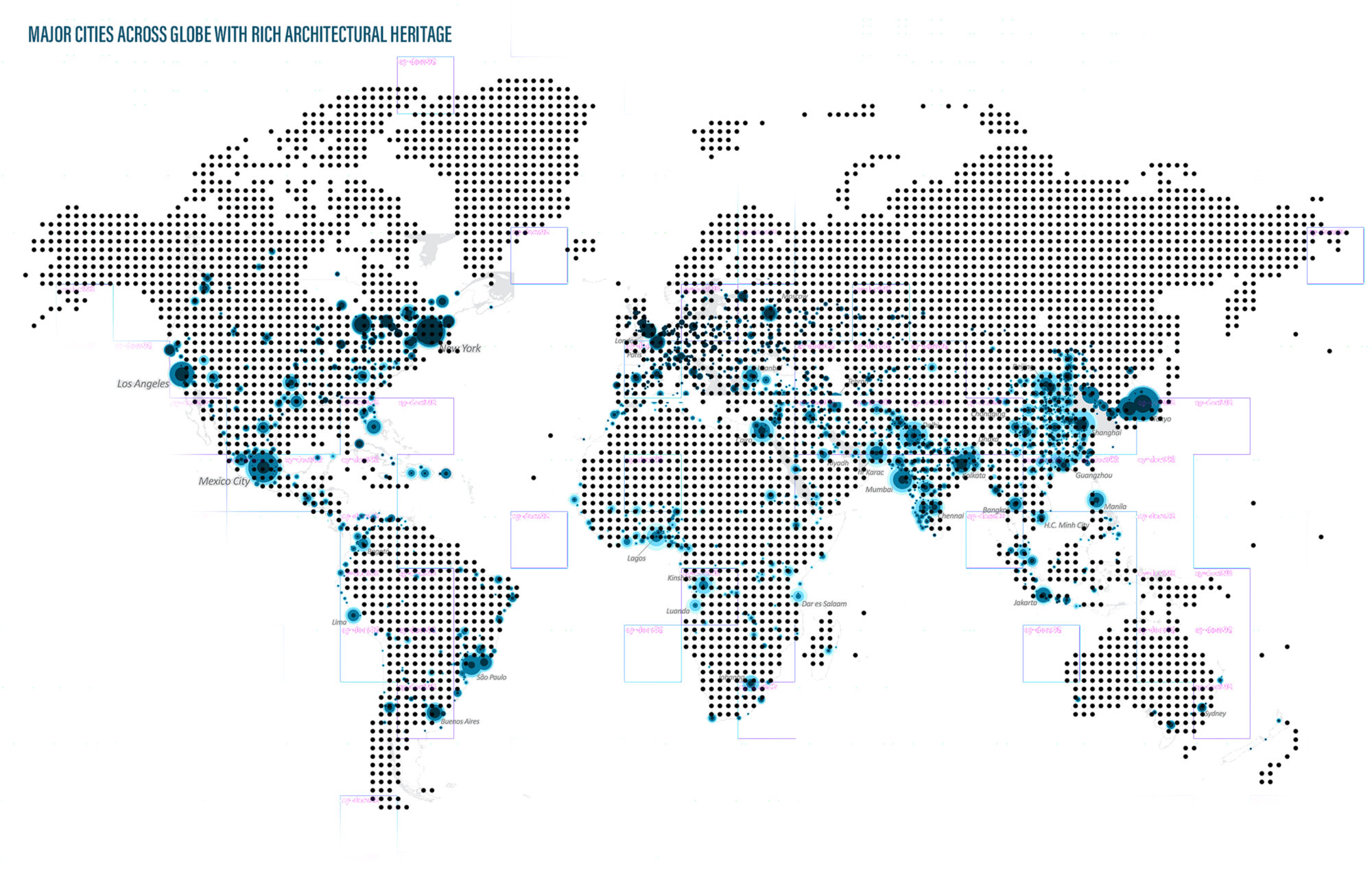
The challenges of architectural preservation and sustainable modernization are not confined to San Francisco—they are global. Around the world, cities are grappling with how to maintain cultural identity while accommodating explosive urban growth and climate-driven stress.
Consider Delhi, where in 2022, widespread demolition in areas like Mehrauli and Tughlaqabad sparked massive public outrage. These government-driven clearance operations, often justified under redevelopment or encroachment narratives, resulted in the erasure of entire historically rich neighborhoods, displacing thousands of residents and dismantling architectural legacies without thorough cultural assessment. Had AI-driven heritage modeling been implemented, planners could have simulated adaptive reuse strategies, forecasted environmental impacts, and identified context-sensitive alternatives to demolition—saving not only buildings, but also the communities they sustained.
In Rio de Janeiro, preparations for the Olympics led to the rapid displacement of favela communities, flattening vibrant, self-built environments without documentation or design mitigation. In Istanbul, UNESCO raised alarms over restoration practices in the Historic Peninsula that failed to follow guidelines and introduced stylistic distortion. Even in Venice, the influx of tourism-driven conversions has hollowed out original uses of heritage properties, replacing them with generic amenities.
These global examples highlight the cost of reactive, politically driven, or economically expedient interventions. They also underscore the urgency of integrating AI-enabled systems that can bring objectivity, foresight, and cultural sensitivity into planning workflows.
CNN-powered design models—when trained on hyperlocal data, historical records, and regulatory layers—can flag buildings with irreplaceable socio-cultural value. More importantly, they can propose preservation-through-adaptation strategies tailored to specific conditions: seismic resilience in Istanbul, flood-sensitive retrofits in Venice, or decentralized energy solutions in Delhi’s heat-stricken colonies.
By forecasting how small-scale interventions preserve larger urban narratives, AI becomes not just a technological solution but a strategic tool for ethical city-making. Its value lies in empowering governments, developers, and citizens with simulations that visualize outcomes before irreversible decisions are made.
As climate change accelerates and urban displacement rises, the future of cultural preservation will depend on how well we leverage technology to protect not just the form of architecture—but its meaning, its use, and its soul.











